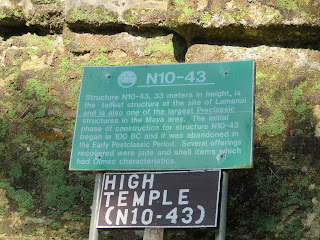Tucson, AZ
We are at home in Tucson after a very long day of travel on Tuesday. Airports were crowded and flights full, but everything was on time. We were able to arrange for an earlier shuttle than our 11:30pm departure from PHX to Tucson, so we actually arrived at home about 90 minutes earlier than scheduled, just after midnight this morning, pleasantly surprising the cats who had been told we would be arriving around 1:30am.
But I still have much to report about our last days on the Riviera, before concluding this blog and telling you about my next cruise, which I have already purchased and paid for.
Sunday, 20 December 2015
George Town, Grand Cayman Island
We are supposed to anchor off the coast of George Town at noon today, but last night's rough seas have dealyed us about 90 minutes. By the time everyone has lined up and waited their turns for the tenders, it is well after 2pm when we set foot on land. And since our stay here has already been shortened one hour by a pre-announced early departure, we don't have a lot of time to spend on this little island.
We have not planned a shore excursion, because this is my third visit in as many years, and I have seen the major sights, primarily the Queen Elizabeth Gardens with its blue iguana sanctuary. And unfortunately there isn't much to do in town since many of the shops and restaurants are closed on Sunday--even with three large cruise ships anchored offshore. We walk around the waterfront shops and streets for a while, but the humidity--which seems even higher here than in other places we have visited--soon drives us indoors for lunch at the Hard Rock Cafe (there aren't many other choices). While not one of my favorite restuarants, the food is usually good but unimaginative American fare. My breaded shrimp were very hot and freshly prepared; too much breading, but otherwise very tasty. I have now eaten at three Hard Rocks, all in rather exotic locations: Beijing (1994); Siem Reap, Cambodia (February 2015), and here.
 |
| ms Riviera Anchored off Grand Cayman Island |
 |
| Disney's ms Magic (as seen from our veranda) |
We are tendered back to the Riviera by 4pm, well before our sailing time at 6pm.
Tomorrow is a sea day, perfect for packing and preparing ourselves for the journey home. In the next blog entry I will report more fully on our experience on board the Riviera, including the ship itself, the food, and the service.




__03.jpg)




















































